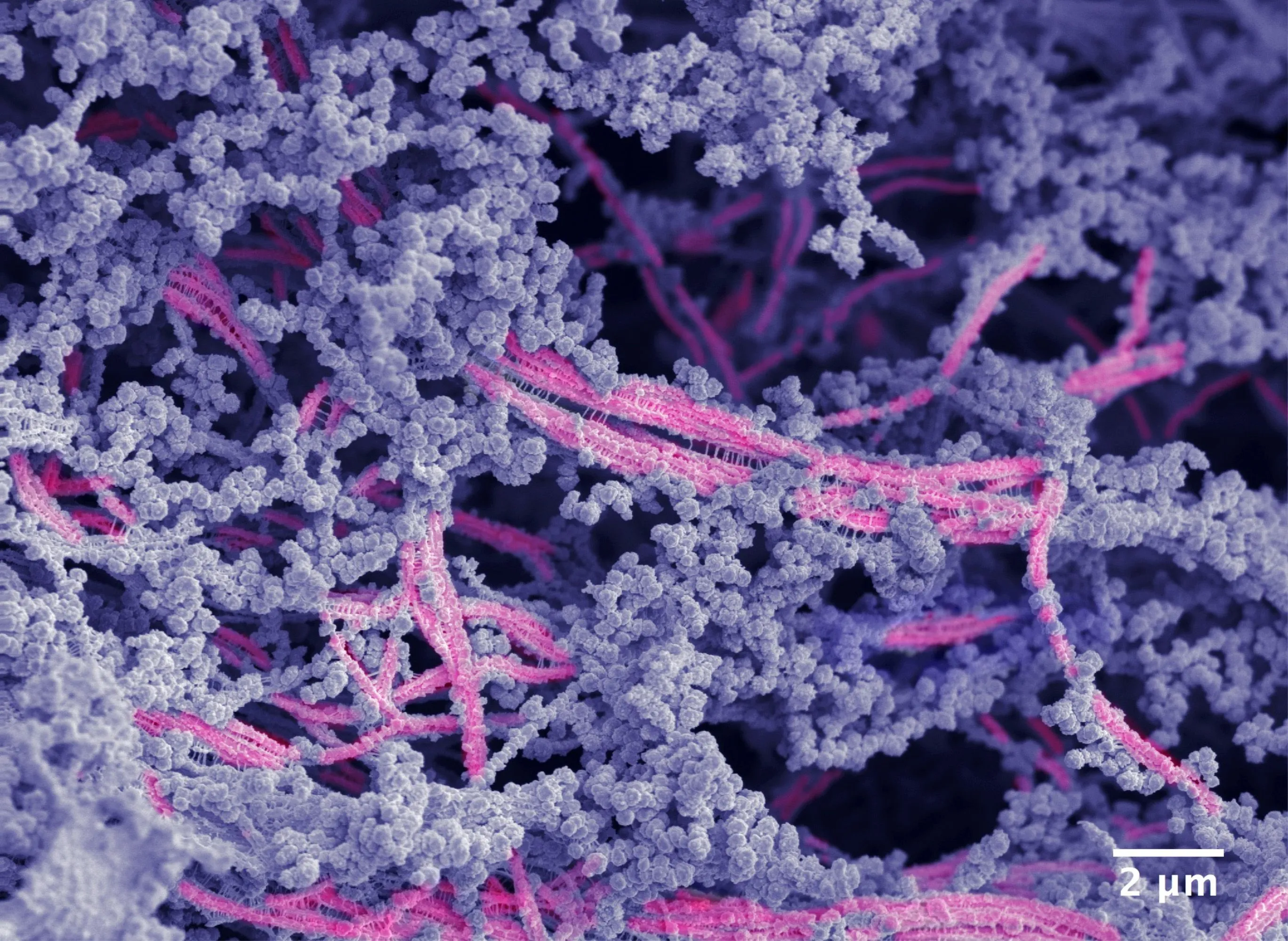News on Cartilage Regeneration: A Revolutionary Injection Technique

Groundbreaking Research on Cartilage Regeneration
News surrounding cartilage regeneration has emerged as a team of researchers from Northwestern University has introduced an innovative injection technique aimed at rebuilding knee cartilage. This method utilizes a scaffold made from hyaluronic acid and bioactive peptides to stimulate the body’s natural healing processes.
Importance of Cartilage Health
When cartilage is damaged, the effects can significantly impact a person’s overall health and mobility. Research shows that cartilage has a limited ability to heal on its own, highlighting the importance of developing effective treatments.
Clinical Relevance
- Current Statistics: Approximately 3% of the U.S. population lives with an artificial joint.
- Key Findings: The scaffold demonstrated positive results in sheep, providing insights for human applications.
- Surgical Alternatives: As the population ages, a nonsurgical solution for cartilage regrowth may lessen surgical risks.
Future Implications
As research progresses, Stupp and his team aim to explore further avenues to boost cartilage production, involving innovative methods like 'dancing molecules.' This novel approach not only enhances treatment options but also opens new doors in joint medicine.
Looking Ahead
In conclusion, this breakthrough presents a significant step forward in addressing unmet clinical needs related to cartilage repair. News in the health industry reflects an ongoing commitment to finding solutions that prioritize patient safety and recovery.
Disclaimer: The information provided on this site is for informational purposes only and is not intended as medical advice. We are not responsible for any actions taken based on the content of this site. Always consult a qualified healthcare provider for medical advice, diagnosis, and treatment. We source our news from reputable sources and provide links to the original articles. We do not endorse or assume responsibility for the accuracy of the information contained in external sources.
This article was prepared using information from open sources in accordance with the principles of Ethical Policy. The editorial team is not responsible for absolute accuracy, as it relies on data from the sources referenced.